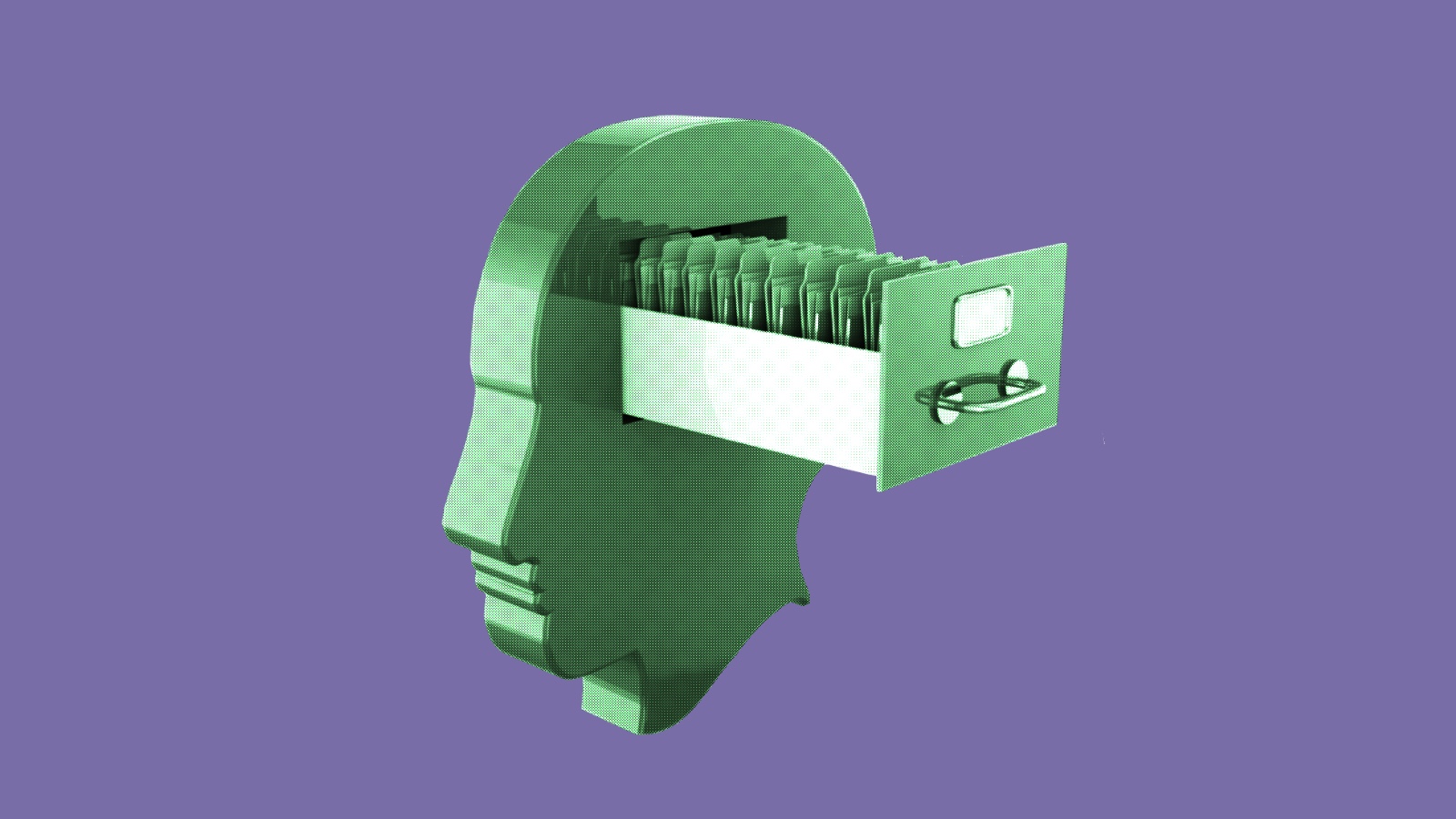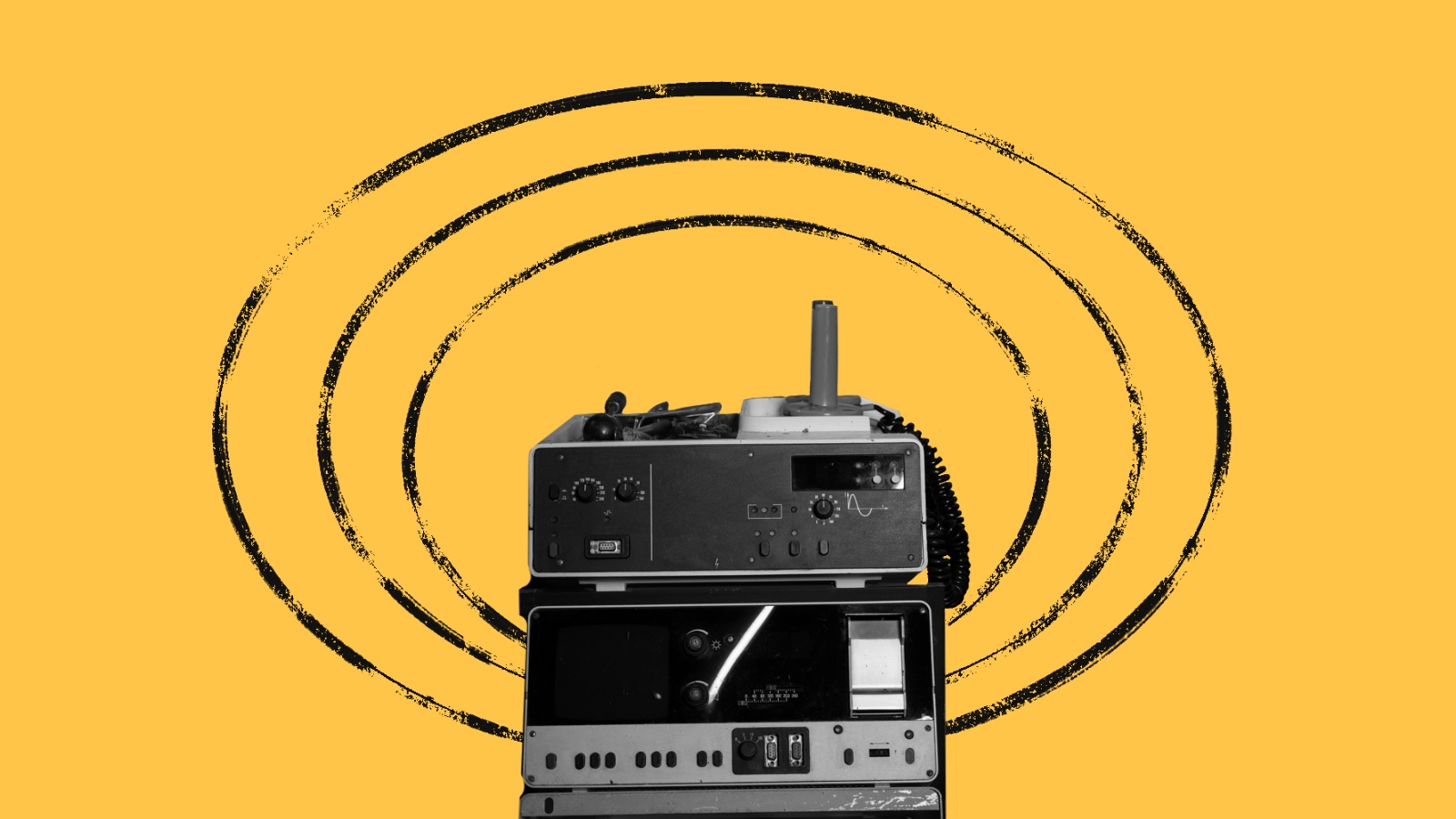Brain implant translates neural activity into letters, letting a paralyzed man “speak”

- Numerous neurological conditions, ranging from stroke to motor neuron disease to locked-in syndrome, can cause an inability to produce speech.
- Brain-computer interfaces can restore movement or communication in paralyzed patients by reading brain activity and translating it into commands that machines understand.
- A new device allowed a paralyzed patient to “speak,” spelling out full sentences in real-time with an error rate of about 8%.
Researchers at the University of California-San Francisco have developed a neuroprosthesis that decodes brain activity and translates it into single letters to spell out sentences. In a study published in the open access journal Nature Communications, they report that the device enabled a paralyzed individual who cannot speak to communicate by spelling out full sentences on a computer screen.
From brain to speech
The implant is the latest in a long line of brain-computer interfaces that can restore movement or communication in paralyzed patients by reading brain activity and translating it into commands that can control a computer, a wheelchair, or a robotic limb. It builds on recent advances in our understanding of how the brain controls the vocal tracts to produce speech.
Last year, the researchers reported that they had developed a prosthesis that decodes speech-related brain activity and translates it into words on a computer screen. They showed that the device enabled a paralyzed patient to communicate about 15 words per minute, but it was limited to a 50-word vocabulary and had an error rate of about 25%.
This latest device is slower, decoding 29 characters per minute, but is more accurate. It is based on a high-density multielectrode array that decoded motor cortex activity from the same patient as he silently attempted to spell out individual letters.
With training, the patient spelled out full sentences in real-time, from a vocabulary of more than 9,000 common words, and with an error rate of about 8%. He also imagined performing a hand movement in order to indicate the ending of each sentence. The researchers used deep learning algorithms to decode his brain activity, and found that they decoded words from the NATO phonetic alphabet (“alpha” for “a,” “bravo” for “b,” and so on) more accurately than individual letters.
Frontiers of neurotech
In future, though, it is likely that the algorithms could be improved to decode full words or a limited set of frequently used phrases, to make communication with such a device quicker and easier.
The device used in the previous study decoded the patient’s brain activity as he attempted to speak. This new study shows that attempting to produce speech is not necessary, and that the brain activity produced by imagined speech is sufficient. The results therefore suggest that such devices could restore communication in other patients regardless of the severity of their paralysis, as long as the regions of the motor cortex that control speech remain intact, and they are still able to imagine speaking.
Numerous neurological conditions, ranging from stroke to motor neuron disease to locked-in syndrome, can cause an inability to produce speech. As these devices and the decoding algorithms become more sophisticated, they undoubtedly will allow increasing numbers of paralyzed patients to “speak” more extensively via assistive technologies and personal devices.





